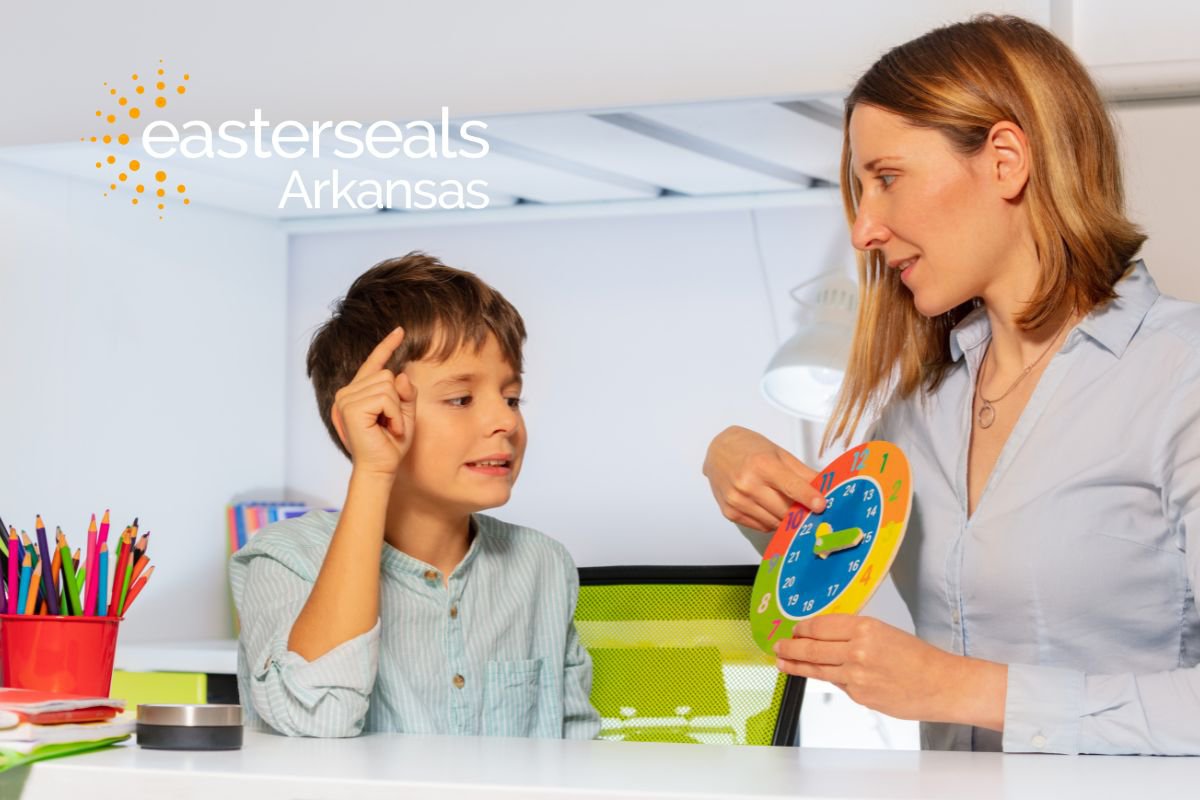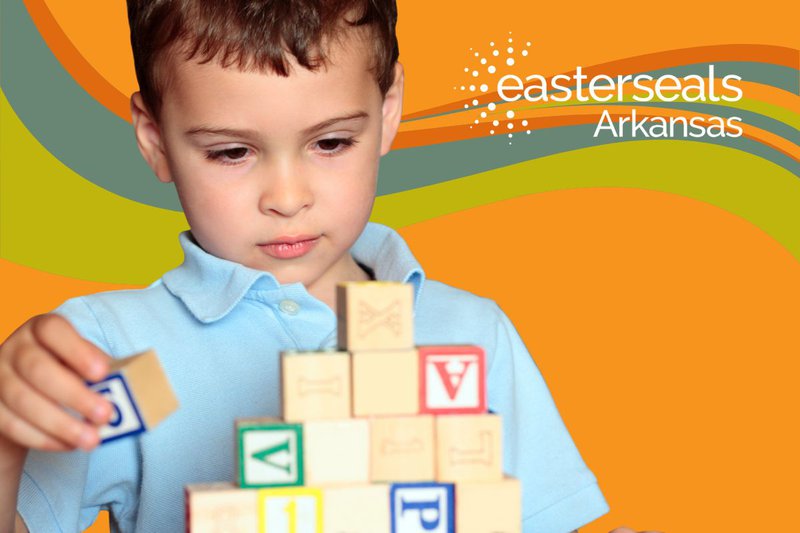
If you're a parent or caregiver of a child with autism, you've likely asked this: Is my child getting the support they need at school? You're not alone. Many schools try, but most autism support efforts in schools fall short. From missed IEP goals to classrooms not built for sensory needs, the gaps are real. We’ll walk you through what real support looks like—and how we can advocate for more.
Key Takeaways:
- Effective strategies include priming, clear steps, and limited choices.
- Visual supports (charts, checklists), flexible formats, and quiet spaces aid engagement.
- Modify lighting, reduce noise, and use sensory tools (fidgets, headphones) for sensory needs.
- Strong IEPs focus on real, measurable goals matched to student strengths.
- Parents should request visual tools, home-based spaces, and progress tracking at IEPs.
- Visual aids build executive function and help with emotional regulation.
- Behavior Intervention Plans (BIPs) track behavior triggers and require regular updates.
- Sensory-friendly classrooms use soft light, calm colors, and structured breaks.
- Assistive tech (voice-to-text, PECS, tablets) improves learning access.
- Social skills should include turn-taking and reading cues; peer programs improve inclusion.
- Legal protections include IDEA, Section 504, and ADA; IEPs offer more than 504s.

Autism Support in Schools: Practical Strategies That Make a Difference
Creating inclusive, welcoming classroom environments for students with autism doesn't need to be overwhelming. In fact, with the right tools and consistent teamwork, schools can make a lasting impact. By focusing on autism support in schools, educators can ensure that every student is not only included, but truly supported in their academic and emotional journey.
At Easterseals Arkansas, education and inclusion are at the heart of every program. From preschool to adulthood, their mission is to empower people with disabilities to live, learn, work, and thrive. For schools aiming to do the same, the following guide includes proven strategies, research-backed methods, and actionable tips that can be used every day.
Inclusive Classrooms for Autism Support in Schools Begin With Predictability and Support
For students with autism, structure and predictability are essential. Moreover, one of the most effective ways to reduce anxiety and promote engagement is through priming—a strategy where students are introduced to the day’s tasks ahead of time.
Before class begins, for example, some teachers share a worksheet or schedule in a quiet space. This approach not only builds trust but also helps students feel prepared. Furthermore, clearly outlining each step of a task prevents confusion. Specifically, using a three-step system—first, next, last—can help students move through lessons with confidence.
In addition, offering limited choices can increase motivation. Whether it's choosing between writing and drawing or selecting a preferred seating area, these small decisions provide control without overwhelming the student.
Visual Aids, Flexible Formats, and Safe Spaces Increase Engagement
Autistic students often benefit from visual aids. These tools offer clarity and, moreover, reduce the need for constant verbal instruction. For example, daily task charts, picture schedules, and color-coded labels all help students stay organized and on track.
Additionally, some students may struggle with writing. Rather than insisting on pen-and-paper tasks, consider allowing verbal responses, typed answers, or creative alternatives like slideshows. Consequently, these flexible formats empower students to demonstrate understanding in ways that suit their strengths.
Furthermore, another valuable tool is the “home base”—a quiet, calming area within or near the classroom. This space, which might include soft lighting, fidgets, or headphones, offers students a chance to self-regulate. Importantly, it should never be used as a punishment but rather as proactive support.
To explore more strategies and practical autism support in schools and classroom settings, visit the Autism Classroom Resources site.
Adapting Physical Environments for Sensory Needs Matters
For students with autism, the physical classroom environment can truly make or break their ability to focus. Bright lights, loud noises, or cluttered spaces can, therefore, cause distress. Fortunately, simple changes—such as replacing harsh lighting with lamps or using noise-reducing materials—can make a big difference.
Moreover, providing sensory tools like wiggle cushions, stretch bands, or short walking breaks helps students reset and refocus. Additionally, talking with the entire class about different learning needs promotes understanding and inclusion.
For further guidance, explore the CDC's Autism Spectrum Disorder resources.
Autism Accommodations and Support in Schools: Strong IEPs Begin With Meaningful, Measurable Goals
An effective IEP (Individualized Education Program) is grounded in real student needs, not generic expectations. Each goal should be:
- Based on the student’s current abilities
- Achievable in small steps
- Clearly measurable
For instance, instead of setting a vague goal like “write an essay,” it might be more helpful to say “use voice-to-text tools to summarize five key points.” This not only keeps the goal aligned with curriculum expectations but also respects the student's learning style.
Moreover, parents are their child’s most valuable advocate in obtaining more autism-focused support in schools. They can, and indeed should, request supports such as visual schedules, frequent breaks, or personalized materials. Additionally, bringing examples of past work to meetings helps the team develop more effective plans.
To understand your rights and options, visit the Parent Center Hub.
Collaborative IEP Teams Drive Student Success
When all members of an IEP team—parents, teachers, specialists, and even students—communicate regularly, progress is quicker and more meaningful. Regular check-ins and shared notes help everyone stay aligned. Even small updates, such as whether a sensory tool is working, can inform necessary adjustments.
IEP collaboration should also extend to general education teachers. When strategies are shared across classes, students receive consistent support throughout the day.
Learn more about IEP collaboration from Wrightslaw’s IEP Guide.
Visual Tools and Predictable Schedules Boost Executive Function Skills
Executive functioning—skills like planning, starting tasks, and staying organized—is often challenging for autistic learners. Fortunately, visual tools provide much-needed scaffolding.
Some of the best tools include:
- Color-coded schedules to signal transitions
- Step-by-step task cards for breaking down complex activities
- Checklists to track progress and promote independence
A visual schedule on the student’s desk can reduce anxiety about what’s coming next. If a change in routine is expected, showing a picture of the new activity ahead of time helps prevent meltdowns.
These supports also promote emotional regulation. Emotion charts, for example, help students identify and express how they feel. When paired with coping strategies, they can reduce outbursts and build emotional awareness.
Behavior Intervention Plans Should Be Data-Based and Compassionate
When challenging behaviors arise, they’re often a sign of unmet needs, not defiance. True autism support in schools should actively create empathy for the child, not punishment. A Behavior Intervention Plan (BIP) addresses the root causes of behavior by tracking patterns and creating proactive strategies.
Effective BIPs include:
- Clear goals
- Replacement behaviors
- Calming strategies
For example, if a student becomes distressed before math, data might reveal anxiety around timed tasks. Adjusting the routine and offering reassurance may resolve the issue entirely.
BIPs should be reviewed regularly, especially after major changes like a classroom move or staff transition. If progress stalls, the plan must adapt. For legal insights into behavior-related support, visit Wrightslaw’s discipline page.
Sensory-Friendly Classrooms Promote Comfort and Learning
Autism support in schools begins in the classrooms, and a well-designed space supports all learners. For autistic students, this often means:
- Soft lighting
- Reduced noise
- Calming colors
- Clear workspaces
Desks should be arranged to avoid distractions, such as facing doors or high-traffic areas. A designated sensory break zone—complete with items like weighted blankets or calming jars—should be easily accessible and normalized as part of the school day.
Sensory tools like chewy necklaces, noise-canceling headphones, and sensory bins support regulation without disrupting learning. These tools are not rewards—they’re essential supports.
Research-Backed Teaching Makes a Real Impact
Evidence-based practices (EBPs) are at the core of effective autism support in schools. Strategies like priming, choice-making, and visual supports are not only easy to implement—they also produce consistent results.
Some examples include:
- Showing a worksheet beforehand to reduce anxiety
- Offering limited choices to increase motivation
- Using icons or color codes for tasks
Instructional strategies should be reviewed regularly. If a method doesn’t work after a few weeks, it’s time to adjust. Tracking student progress is essential to determine what’s truly effective.
Social Development Starts With Structure and Support
Social skills don’t come naturally to all students, but they can be taught, and part of autism support in schools is fostering a child’s confidence to try and bond with their peers if they choose. Focus areas should include:
- Turn-taking
- Asking for help
- Reading body language
Role-playing, video modeling, and social scripts help students practice responses in safe environments. Peer buddy programs also encourage inclusive friendships. When peers are trained to support and model appropriate behavior, everyone benefits.
Clubs and extracurriculars are great places for autistic students to build confidence. Choose activities that match student interests, like art, robotics, or nature. Structure these spaces with clear roles and routines.
Find more ideas through the Easterseals Arkansas Resource Center.
Curriculum Modifications and Assistive Tech Open New Doors
Adjusting materials—without changing expectations—helps students meet learning goals. For example:
- Replace long writing tasks with bullet points
- Use visuals to explain abstract ideas
- Offer multiple short assignments instead of one long one
Assistive technology tools such as text-to-speech, tablets, and communication apps support learning in a personalized way. These tools reduce frustration and increase engagement.
Students should also be allowed to use headphones, visual timers, or modified keyboards if that’s what helps them succeed.
Academic Standards and Support Can Work Together
Some educators worry that modifications lower standards. However, the goal is equity, not sameness. Just like a ramp provides access without changing the building, supports give students access to learning without changing the goal.
Track data. Review progress. Adjust when needed. That’s how personalized learning stays aligned with academic expectations.
Parent-Educator Partnerships Are Essential
Parents know their child best. When schools and families work together, outcomes improve. Open communication ensures that strategies used at home and in school align.
During IEP meetings, parents should ask:
- What supports will be used?
- How will progress be tracked?
- What happens if progress slows?
Bring examples, ask questions, and stay involved. Know your rights and use tools like Wrightslaw to advocate effectively.
Legal Protections Ensure Access and Fairness
Federal laws like IDEA, Section 504, and the ADA protect students with autism in school settings. These laws ensure that every child receives an education tailored to their needs, whether through full IEP support or classroom accommodations.
Students who don’t qualify for an IEP may still benefit from a 504 Plan. These plans can provide quiet spaces, visual schedules, or extra time, without requiring special education placement.
If a child’s learning is affected—even without a formal diagnosis—schools must intervene. Evaluations, services, and supports should be made available when needed.
Let’s Build a Better Future, Together
Get the Support Your Child Deserves
At Easterseals Arkansas, supporting students with autism is part of our mission to create inclusive, empowered communities. Whether you need early intervention, school-age support, or adult services, our team is here to help every step of the way.
We believe every child deserves the chance to learn, grow, and succeed—no matter their needs.
Contact us today to learn how we can support your journey.
Empowering students with autism starts with consistent, thoughtful strategies. By focusing on autism support in schools, educators and families can create environments where every child has the tools to thrive. From visual aids and sensory setups to assistive tech and legal protections, every layer of support matters. With strong collaboration and a clear plan, inclusive learning becomes not just a goal but a reality.
